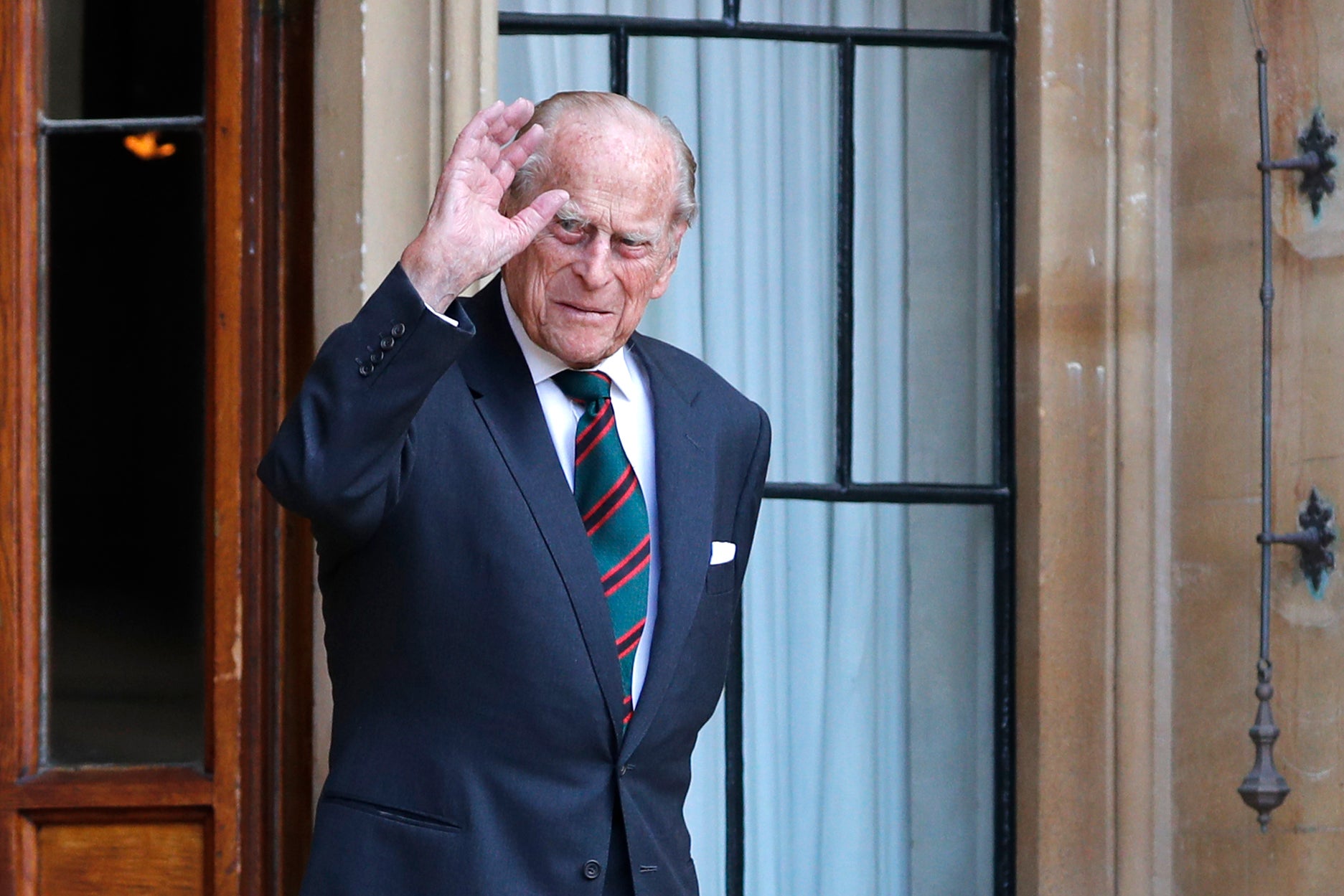Operation Forth Bridge: What do the codenames for royal deaths mean?
The protocol for Prince Philip’s death is referred to as ‘Operation Forth Bridge’

Your support helps us to tell the story
From reproductive rights to climate change to Big Tech, The Independent is on the ground when the story is developing. Whether it's investigating the financials of Elon Musk's pro-Trump PAC or producing our latest documentary, 'The A Word', which shines a light on the American women fighting for reproductive rights, we know how important it is to parse out the facts from the messaging.
At such a critical moment in US history, we need reporters on the ground. Your donation allows us to keep sending journalists to speak to both sides of the story.
The Independent is trusted by Americans across the entire political spectrum. And unlike many other quality news outlets, we choose not to lock Americans out of our reporting and analysis with paywalls. We believe quality journalism should be available to everyone, paid for by those who can afford it.
Your support makes all the difference.Royal plans surrounding the death of Prince Philip, who has died at the age of 99, have the codename ‘Operation Forth Bridge’ — a nod to his status as the Duke of Edinburgh, where the landmark rail crossing is located.
Code names for royal deaths were initially introduced to prevent the news of a royal family member’s death leaking before the official announcement. Using code prevented Buckingham Palace switchboard operators learning of the news before it was made public.
However, most royal funeral plans have been so longstanding that the codenames have become common knowledge.
Arrangements for the Queen Mother’s - codenamed Tay Bridge - were 22 years old by the time she died at the age of 101.
The protocol for the Queen’s death is known as Operation London Bridge, with civil servants at one time poised to use the coded phrase “London Bridge is down” in secure communication channels in the event of her passing.
Read more:
The Forth Bridge, which opened in 1890, remains one of the greatest cantilever trussed bridges and is a globally-recognised symbol of Edinburgh.
These are the other code names given to royals.
Prince Charles - “Operation Menai Bridge”
The code name for the Prince of Wales’ death is Menai Bridge and is also named after a suspension bridge. The Menai Bridge in Wales connects the Welsh mainland and the island of Anglesey.
The Queen Mother and Princess Diana - “Operation Tay Bridge”
Funeral plans for Princess Diana and the Queen Mother both shared the code name Operation Tay Bridge. Diana’s death was so unexpected that her royal ceremonial funeral followed plans originally designed for the Queen Mother’s funeral, meaning that Queen Elizabeth’s mother reportedly attended a ceremony which she knew would be very similar to her own.
Rachel Bowie, host of the Royally Obsessed podcast, said last year of Diana’s 1997 funeral: “The funeral procession and ceremony had actually been regularly rehearsed for the past 22 years in preparation for Elizabeth, the Queen Mother’s death, it was called Operation Tay Bridge.
“They would rehearse in case of her death but she actually didn’t die until five years after Diana did and she was 101.”
She added: “Pretty wild that she saw her own funeral play out in real time.”
King George VI - “Hyde Park Corner”
When the Queen’s father King George VI passed in 1952, the palace told government officials using the code phrase “Hyde Park Corner”.
Prince William, Kate Middleton, Prince Harry and Meghan Markle
While there are no official codenames for the deaths of other members of the Royals, it is reported that The Duke and Duchess of Cambridge are known as “Danny Collins” and “Daphne Clark”. The initials DC represent their titles of Duke and Duchess of Cambridge.
And, though technically no longer royal, The Sussexes were reportedly known by the codenames “David Stevens” and “Davina Scott”.
Prince Philip - “Operation Forth Bridge”
The Duke of Edinburgh’s code name relates to the Forth Bridge, which is located west of Edinburgh city centre.
As was his wish, Prince Philip will not have a state funeral and will not lie in state. His funeral will be televised and will be held at St George’s Chapel, Windsor, and not at Westminster Abbey, where the Queen Mother and Princess Diana’s funerals took place.
“He doesn’t see himself as important enough for that,” an aide once said of Philip, reports The Times.
According to the paper, a few years ago, royal sources claimed that the Duke of Edinburgh had been amused by the fact that many people who were involved in planning his funeral had, in fact, predeceased him.
Join our commenting forum
Join thought-provoking conversations, follow other Independent readers and see their replies
Comments